How A.I. Is Transforming Golf Equipment
The role of artificial intelligence in golf club design
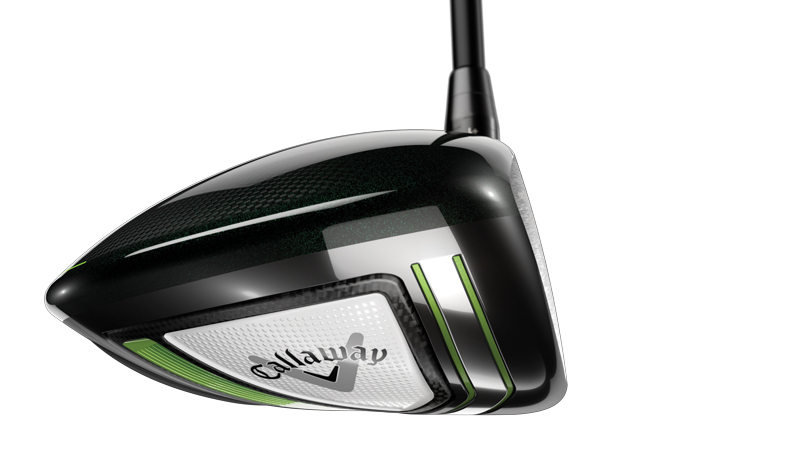
Artificial intelligence is changing the way clubs are designed - which is good news for golfers
How A.I. Is Transforming Golf Equipment
Everywhere you look, there's evidence of Artificial Intelligence (A.I.). Computers are becoming increasingly adept at simulating human-like tasks. For example, when you ask Alexa for a weather update ahead of your match, that's A.I. It's clever stuff - and the good news is that it's even being used to help us play better golf.
We spoke to Dr Alan Hocknell, head of R&D at Callaway, about how and why the company started using A.I., the exciting direction it has taken them and what the future holds.
Why did Callaway start using A.I.?
"I was interested in trying to break out of a pattern of thinking too similarly to our competitors, particularly in driver design," explained Hocknell.
"Take face design, for example. Most faces are thicker in the middle and thinner at the edges, done one way or another, mostly with thin titanium. There was a thread that everybody was edging down the same path and I wanted to have some extra inspiration to think differently."
"We discovered we could take what we had built over the last few years, which is essentially a very accurate simulation capability for the collision between a club and ball, and we could use this large amount of data to try to teach a computer how to think about club design. Perhaps it would come up with some solutions or some design directions that we wouldn't have come up with ourselves?"
Get the Golf Monthly Newsletter
Subscribe to the Golf Monthly newsletter to stay up to date with all the latest tour news, equipment news, reviews, head-to-heads and buyer’s guides from our team of experienced experts.
"I think A.I. is this giant ethereal thing that people hear about in all walks of their life, but they don't really know what it is. We're only using the machine learning piece of A.I., but we are doing something a bit unique in turning a lot of A.I. stuff into a physical good." In the case of Callaway, it is golf clubs that perform better than ever before.
"This has led us to hire new staff not from the golf industry that have more specialisation in numerical analysis. We did that on purpose so that they brought that ‘non-golf’ set of thoughts about how to set up the problems correctly for the computer with the type of data that you need to add."
For Callaway's engineers, the aim is to combine these A.I., data-driven design break-throughs with the knowledge they already have about what golfers like to see and feel from their equipment.
"If players can see vestiges of their input in the final design, then their desire for that product increases because they have a level of ownership of it," Hocknell added.
"That feels human whereas A.I. might feel cold and alien because it's generated by a computer, although the computer has been influenced by humans and it's not just like we press a button and the design comes out. But, including people in the feedback loop has genuine impacts on the final design, particularly for Tour players."
Changing The Face Of Golf
Many golfers won't concern themselves with what's going on in the clubhead, so long as it's hitting the ball long and straight. However, what makes A.I. so fascinating is how it's transforming the way clubs are being made - and it's playing a significant role in delivering huge performance benefits.
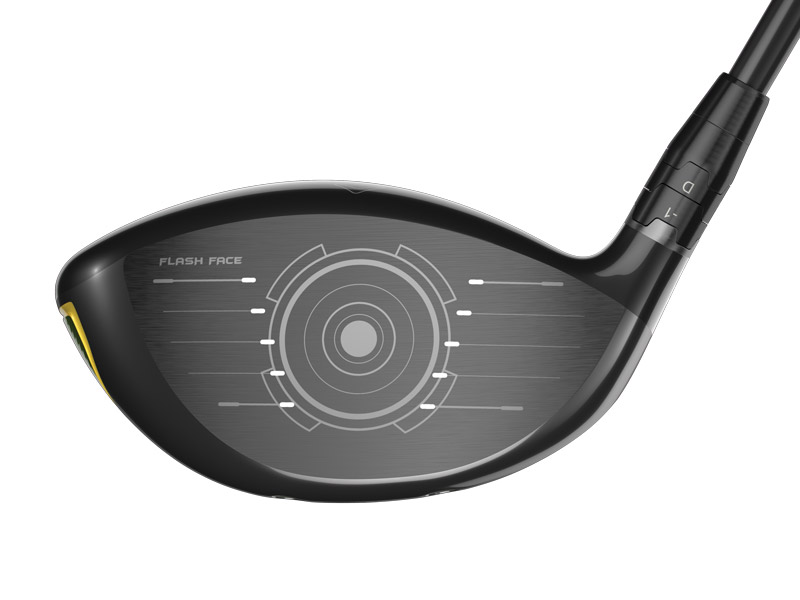
Callaway has always been a brand that thinks outside the box, and right from the very beginning it has recognised the importance of investing in R&D. Ever since the days of the Big Bertha, the manufacturer has strived to maximise the amount of ball speed a player can generate.
In 2019, it took this to a different level with a new Flash Face, designed by an $8m supercomputer, which used A.I. to cycle through 15,000 face design iterations and over 100 impact simulations.
"The computer came back with some face thickness pattern variations that we had never considered before," adds Hocknell. "A lot of the thickness patterns that we were looking at were generally thicker in the middle of the face and thinner at the edges in various forms. But this one came up with a series of thick areas and thin areas."
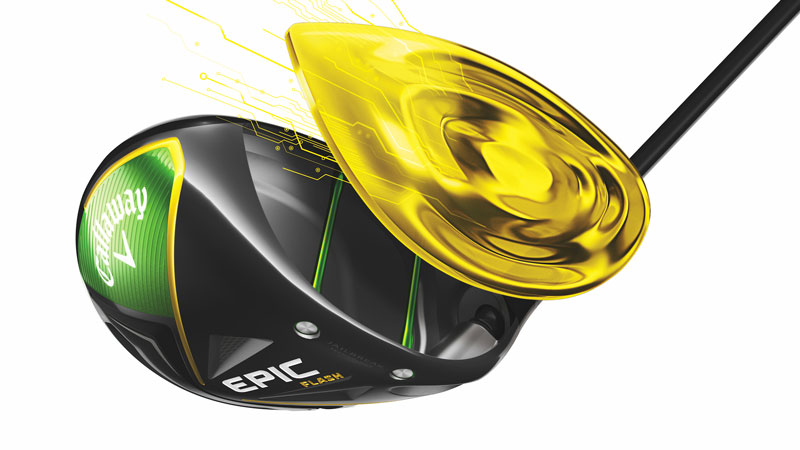
The 'chosen one' was Epic Flash. Its unique internal mapping consisted of dozens of subtle ripples flowing from heel to toe that worked together to elevate COR in the face's centre region. It was, Hocknell says, an "aha moment".
Epic Flash won a lot of fans - us included. On that promise of extra ball speed and more distance even on off centre strikes, it delivered. However, Callaway is a brand with a rich heritage in innovation, and it has always looked to push technological boundaries. If A.I. could be used to change the design of club faces, what else could it do?
When Callaway upgraded its own supercomputer, we found out just how powerful A.I. could be. It worked its way through thousands more design iterations to deliver a new face for the Mavrik drivers. Flash Face SS20 was thinner than the one used in Epic Flash and, because A.I. had identified an even more powerful design, it needed to be made from a stronger material - an upgraded form of titanium - to withstand the pressure.
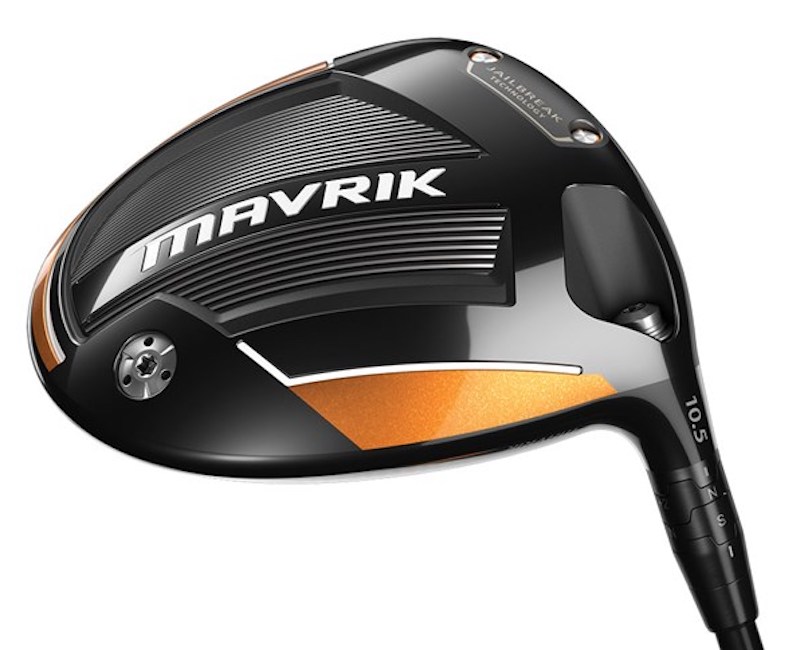
RELATED: Callaway Mavrik Drivers Review
Using A.I. To 'Personalise' Clubs
A.I. has played a crucial role in helping golfers to generate extra speed, but it's also taken personalisation to a different level. The Mavrik line-up, released in 2020, includes three distinct head shapes (Standard, Sub Zero and Max), and each head is uniquely optimised for different player types.
It wasn't just the driver that benefitted from A.I.'s influence, either. The Mavrik range comprises drivers, fairway woods, hybrids and irons, with each available in three player categories. Here's the crucial part: because each club has a different purpose, it has a different face design. So, each of the heads employs unique A.I.-generated face thickness patterns that vary by model and even by loft to further optimise performance benefits for different types of golfers, hitting different types of shots.
For example, with Mavrik's long irons, the faces are crafted for launch and speed, while the mid-irons are shaped for speed and consistency; meanwhile, the short irons are fine-tuned for spin and precision.
And just to emphasise how the use of A.I. is spreading into other areas of the design process, it has also helped Callaway engineers redesign the interior of the head, with sound ribs improving the acoustics, something which has delivered better feel, too.
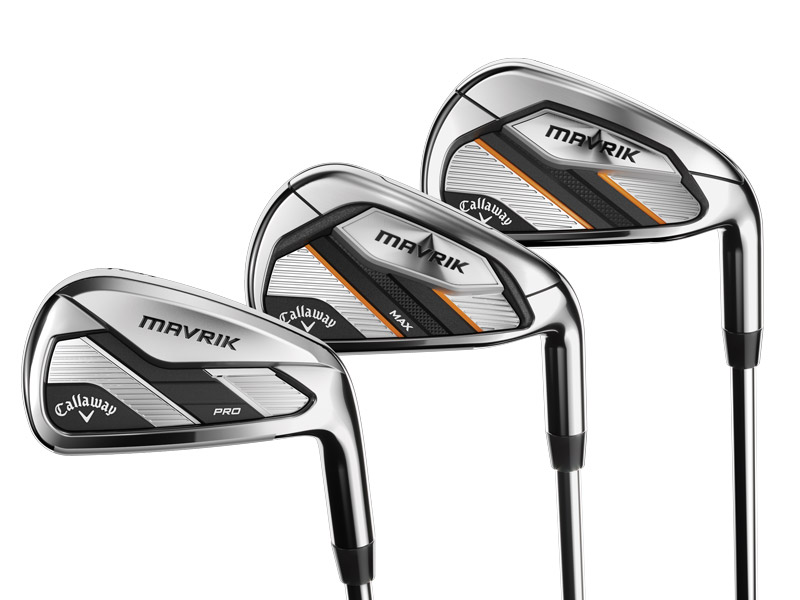
RELATED: Callaway Mavrik Irons Review
New Epic, More A.I.
In the new Epic drivers for 2021, Callaway has used A.I. to influence another of its key speed enhancing technologies - "Jailbreak", the structure that joins the crown and sole. With improved stability in the horizontal and torsional direction, the new Speed Frame delivers more ball speed across the face. In fact, in combination with a new Flash Face (SS21) - also the work of A.I. - these are Callaway's fastest ever drivers.
"The Jailbreak Speed Frame is a classic example of how A.I. completely changed our thinking," Hocknell explains.
"The normal design process would be to ask how we could make Jailbreak better. An engineer would say it's very stiff in the vertical direction but it's not so stiff horizontally or torsionally - would stiffness in those extra dimensions help? So we'd go away and build a prototype that was stiffer in those extra dimensions and then test it to see if it worked."
"Instead with A.I., we said to the computer: "Here's Jailbreak, your design space allows you to change it if you want to with the goal of added ball speed". A.I. comes back with a design that achieved it. At the end of the day, the computer doesn't know what torsional stiffness is, it just knows math. So it's completely backwards, in a way, we're left to interpret what it has done versus setting out parameters of how the design will change."
The Epic range is comprised of three drivers - Epic Speed, Epic Max and Epic Max LS, whilst there are two fairway wood options. If it's not clear already, there's a model to suit every level of golfer and swing type. And because A.I. has optimised each head for different players, you can also be sure of getting the best possible performance from your Callaway woods.

RELATED: Callaway Epic 21 Drivers Review
Whatever the future holds, A.I. will continue to play a key role in golf club design. It's not a marketing concept - A.I. is affecting the way clubs are designed. Perhaps there will come a time when Callaway's R&D department - there's no danger of the supercomputer replacing the human experts - designs a bespoke face for each of its Tour players depending on their own swing.
"There's a whole lot of possibilities out there and we are looking at which ones are most effective for designing the better products we want," says Hocknell.
"I don't think it's too much of a secret we are using A.I. tools in golf ball design. I can say that in five years time, we'll be thinking differently as an R&D organization and using a different toolset than the one that we've used before."
It feels like this is very much just the beginning. Watch this space.
Articles created in partnership with Callaway Golf.
-
 JM Eagle LA Championship Prize Money Payout 2025
JM Eagle LA Championship Prize Money Payout 2025The LPGA Tour heads to California for the JM Eagle LA Championship, where the largest prize money payout of the season so far is on the table
By Mike Hall
-
 Corales Puntacana Championship Prize Money Payout 2025
Corales Puntacana Championship Prize Money Payout 2025The PGA Tour’s latest opposite field event features an attractive prize money payout and some former champions in the field
By Mike Hall